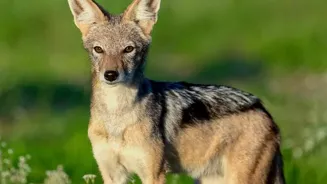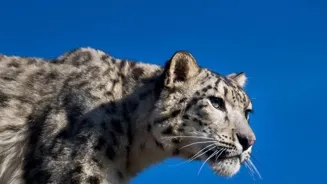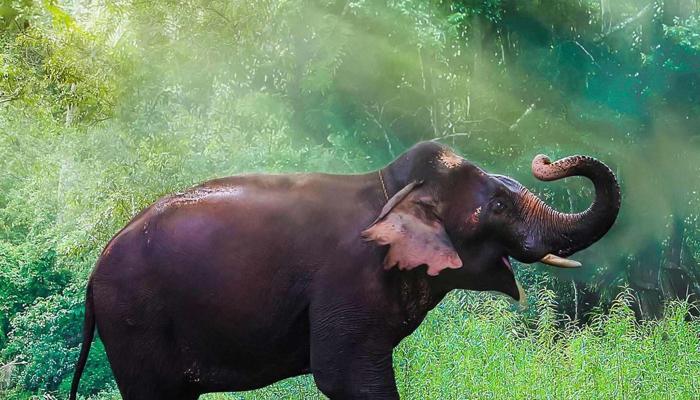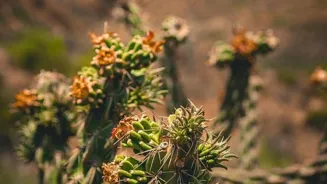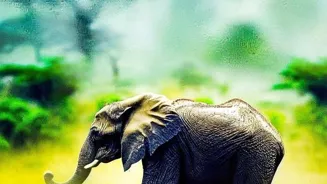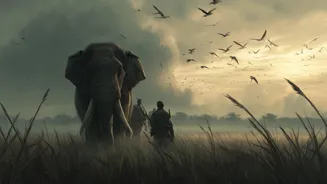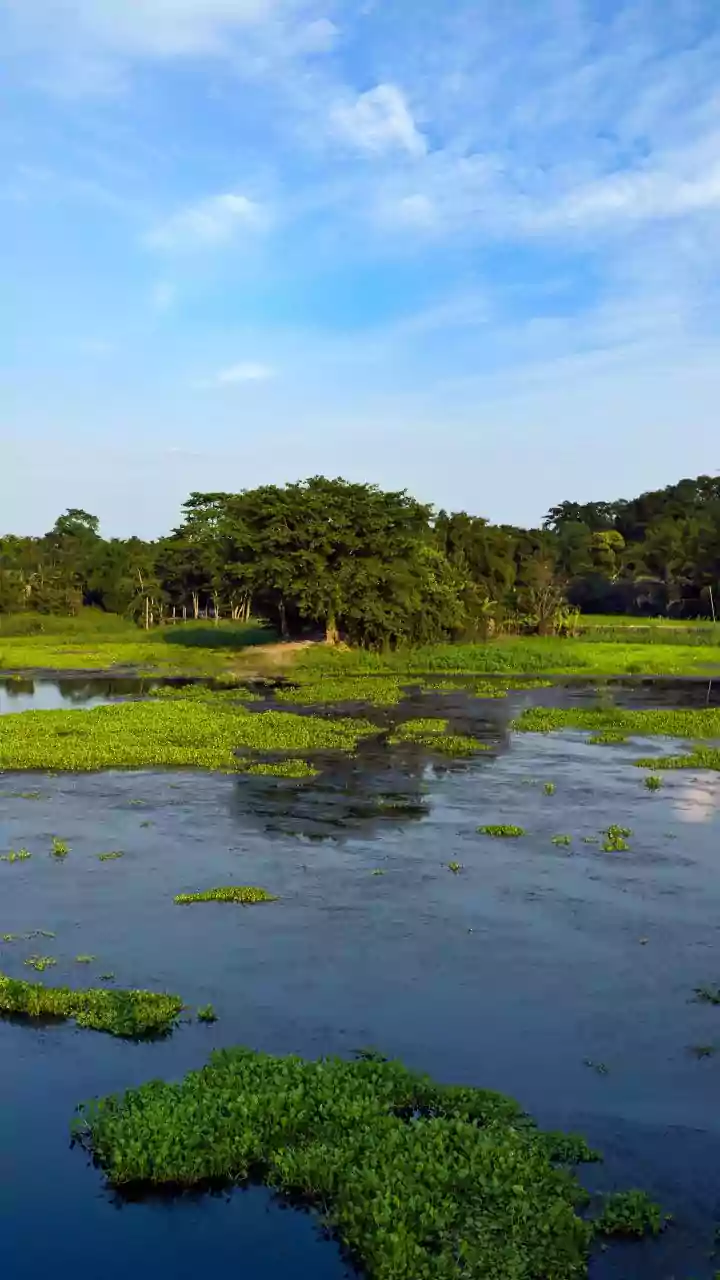Discover the fascinating evolution of the Indian wolf in 9 unique insights! From ancient lineage to vital ecosystem roles, delve into this majestic creature's journey. Read on to uncover the secrets of this remarkable
predator!
For generations, the Indian wolf, Canis pallipes, has roamed the landscapes of the subcontinent. Different from its brethren found in colder regions, this adaptable predator has carved its own niche.
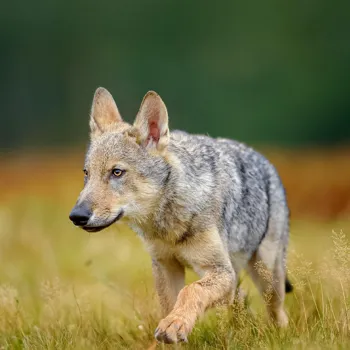
Understanding its evolutionary journey reveals fascinating facts that many Indians might not be aware of. Let's delve into nine such insights, removing any potentially divisive or upsetting topics, and focusing solely on the natural marvel that this creature represents.
Ancient Lineage, Unique Traits
The Indian wolf is an ancient subspecies. Genetic studies suggest that they diverged from other wolf lineages quite early. They are thought to have developed separately over a long period. It has happened thousands of years ago.
This independent evolution has resulted in unique physical and behavioral traits specific to the Indian environment. This sets them apart from wolves found in North America or Europe.
Built for the Heat
Unlike their thick-coated cousins in colder areas, Indian wolves have a shorter, lighter coat. It has the colour brownish-red. This adaptation helps them to tolerate the high temperatures found in peninsular India. Their physical build is also leaner.
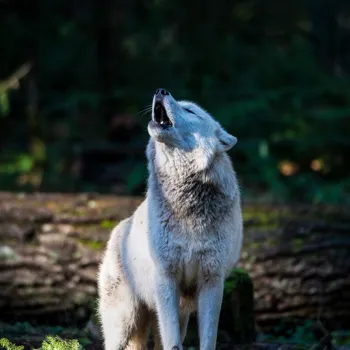
It helps them to dissipate heat more effectively. They can travel long distances in search of prey. These adaptations are crucial for survival. They live in areas with harsh summers.
Masters of Adaptation
Indian wolves showcase impressive adaptability. They thrive in diverse habitats, from scrublands and grasslands to semi-arid regions. They can adapt easily. Unlike some animals, that require specific conditions. This ability to live in different places allows them to survive in a changing landscape.
They are surviving because of habitat loss.
Social Structure and Packs
Wolves are known for their social nature, living in packs with established hierarchies. Indian wolf packs are typically smaller than those of their northern relatives. They are often made up of a breeding pair and their offspring.
These packs work together to hunt, raise pups, and defend their territory. Cooperation is key to their survival. Pack dynamics are complex and fascinating.
Hunting Strategies and Prey
Indian wolves are skilled hunters, primarily preying on antelopes, rodents, and occasionally livestock. Their hunting strategies involve cooperation and coordination within the pack. They carefully stalk animal prey before initiating a chase and bringing down the animal.
This is required for success. Their diet plays a vital role in the ecosystem's health.
Communication Skills
Wolves use a variety of communication methods, including vocalizations, body language, and scent marking. Howling is used for long-distance communication, while other vocalizations and gestures are used within the pack. Scent marking helps to define territory and communicate with other wolves.
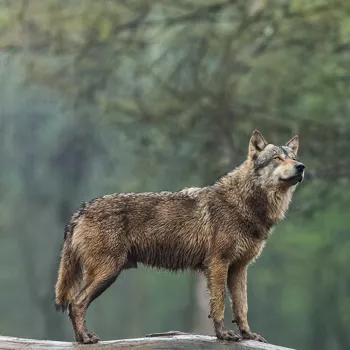
Understanding their signals is vital to ensuring they are protected.
Conservation Status and Challenges
The Indian wolf faces a number of threats, including habitat loss, human conflict, and disease. Their population has declined in many areas. It is classified as endangered in India. Conservation efforts are underway to protect their remaining habitat and reduce conflict with humans.
Awareness is crucial for their long-term survival.
The Role in the Ecosystem
As apex predators, Indian wolves play a vital role in maintaining the balance of their ecosystem. Their presence helps to control populations of herbivores, preventing overgrazing and maintaining healthy vegetation. They are an important part of the food chain.
They also help to prevent the spread of disease.
Cultural Significance
The Indian wolf holds cultural significance in some local communities. They often appear in folk tales and local traditions. They are viewed differently across the country. Some are worshipped, or are feared by some others. They are a symbol of the wilderness and the need for conservation.
Recognizing their cultural value can aid in conservation efforts.
In Conclusion:
The Indian wolf is a testament to the power of evolution and adaptation.
By understanding these nine insights, we can appreciate the unique qualities of this magnificent creature and support efforts to ensure its survival. Protecting the Indian wolf means preserving a vital part of India's natural heritage for generations to come.
The future generations should admire them. Remember, the wolf is part of our ecosystem and should exist in their ecosystem. Lets protect this creature.
Paragraph 1: The Indian wolf, Canis pallipes, is an ancient subspecies. It has developed separately over thousands of years.
This independent evolution has resulted in unique traits. These traits are specific to the Indian environment. It is different from wolves found in North America or Europe.
Paragraph 2: Indian wolves have a shorter, lighter coat. This coat helps them tolerate high temperatures in peninsular India.
Their physical build is leaner to dissipate heat. They can travel long distances in search of prey. These adaptations are crucial for survival during harsh summers.
Paragraph 3: Indian wolves showcase impressive adaptability. They thrive in diverse habitats, from scrublands.
They live in grasslands to semi-arid regions. This ability to live in different places allows them to survive despite habitat loss. They can adapt to live in these harsh conditions.
Paragraph 4: Indian wolf packs are typically smaller. They are often made up of a breeding pair and offspring.
These packs work together to hunt. They also raise pups and defend their territory. Cooperation is key to their survival in the wild.
Paragraph 5: Indian wolves are skilled hunters. They primarily prey on antelopes and rodents. They also eat livestock occasionally.
Their hunting strategies involve cooperation and coordination within the pack. Their diet plays a vital role in balancing the ecosystem.
Paragraph 6: The Indian wolf faces habitat loss and human conflict. Disease also threat them. Its classification has been changed.
They are classified as endangered in India. Conservation efforts are underway to protect their remaining habitat.
AI Generated Content. Glance/InMobi shall have no liability for the content